A new form of magnetic interaction which pushes a formerly two-dimensional phenomenon into the third dimension could open up a host of exciting new possibilities for data storage and advanced computing, scientists say.
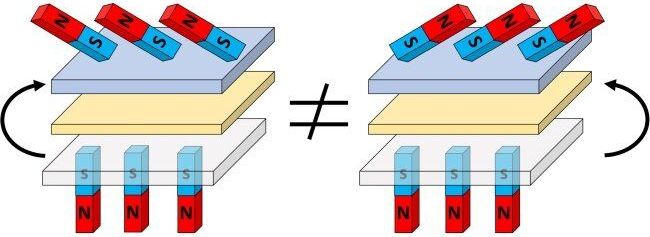

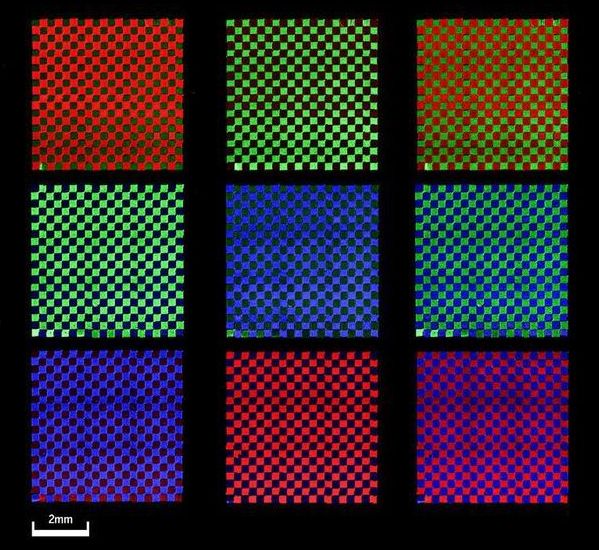
In solar cells, the cheap, easy to make materials called perovskites are adept at turning photons into electricity. Now, perovskites are turning the tables, converting electrons into light with an efficiency on par with that of the commercial organic light-emitting diodes (LEDs) found in cellphones and flat screen TVs. And in a glimpse of how they might one day be harnessed, researchers reported last week in Science Advances that they’ve used a 3D printer to pattern perovskites for use in full-color displays.
“It’s a fantastic result, and quite inspirational,” says Richard Friend, a physicist at the University of Cambridge in the United Kingdom whose team created the first perovskite LED in 2014. The result raises hopes that the computer screens and giant displays of the future will consist of these cheap crystalline substances, made from common ingredients. Friend cautions, however, that the new perovskite displays aren’t yet commercially viable.
The materials in current semiconductor LEDs, including the organic versions, require processing at high temperatures in vacuum chambers to ensure the resulting semiconductors are pristine. By contrast, perovskites can be prepared simply by mixing their chemical components in solution at room temperature. Only a brief heat treatment is needed to crystallize them. And even though the perovskite crystals end up with imperfections, these defects typically don’t destroy the materials’ ability to emit light.
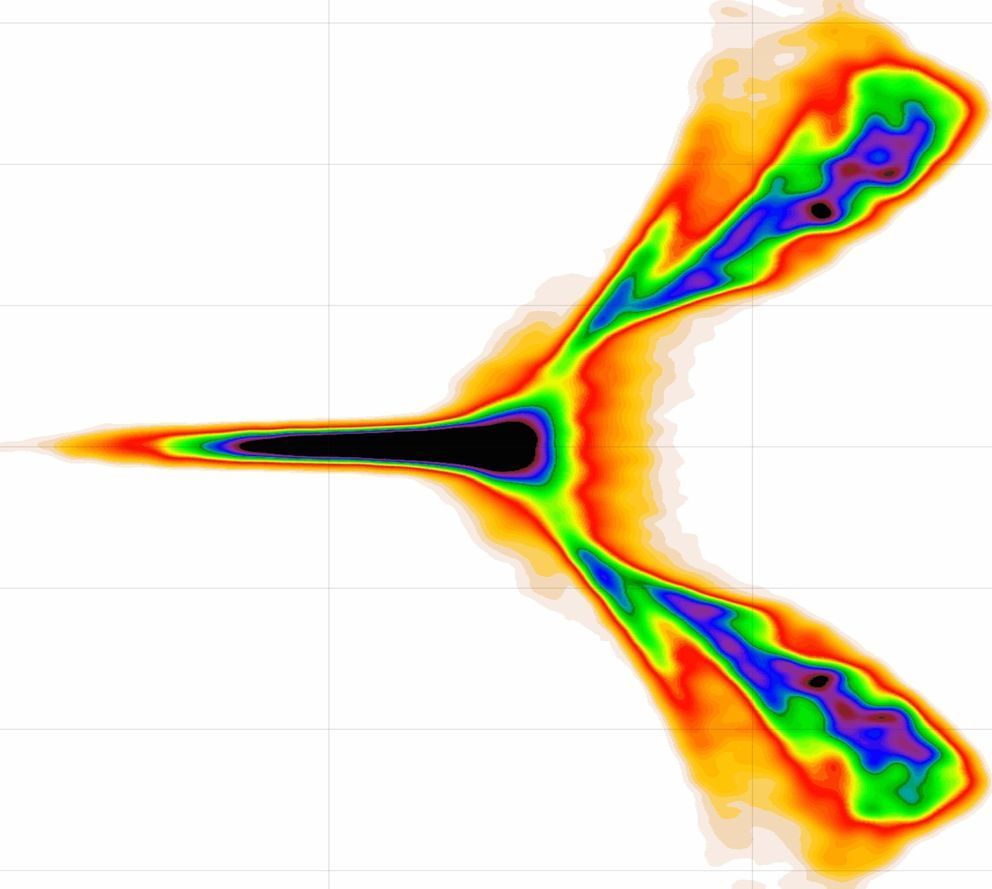
Researchers have found a way to accelerate antimatter in a 1000x smaller space than current accelerators, boosting the science of exotic particles.
The new method could be used to probe more mysteries of physics, like the properties of the Higgs boson and the nature of dark matter and dark energy, and provide more sensitive testing of aircraft and computer chips.
The method has been modelled using the properties of existing lasers, with experiments planned soon. If proven, the technology could allow many more labs around the world to conduct antimatter acceleration experiments.





D-Wave Systems today unveiled the roadmap for its 5,000-qubit quantum computer. Components of D-Wave’s next-generation quantum computing platform will come to market between now and mid-2020 via ongoing quantum processing unit (QPU) and cloud-delivered software updates. The complete system will be available through cloud access and for on-premise installation in mid-2020.
Binary digits (bits) are the basic units of information in classical computing while quantum bits (qubits) make up quantum computing. Bits are always in a state of 0 or 1, while qubits can be in a state of 0, 1, or a superposition of the two. Quantum computing leverages qubits to perform computations that would be much more difficult for a classical computer. Based in Burnaby, Canada, D-Wave has been developing its own quantum computers that use quantum annealing.
D-Wave is mainly focused on solving optimization problems, so its quantum computers can’t be directly compared to the competition. Indeed, many have questioned whether D-Wave’s systems have quantum properties, and thus performance that classical computers can’t match. In the meantime, D-Wave continues to improve and sell its systems.
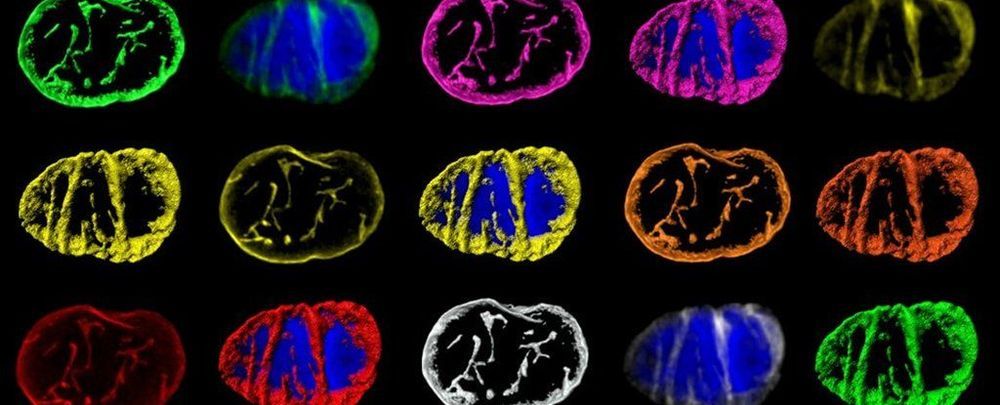
The way information travels inside the cells of our bodies is not unlike the wiring inside a computer chip, according to a new study that has unveiled the intricate workings of a network of calcium ions as intracellular messengers.
According to researchers from the University of Edinburgh in the UK, this “cell-wide web” uses a microscopic network of guides to transmit information across nanoscale distances and carry activities and instructions for the cells to perform — such as relaxing or contracting muscles, for example.
Calcium ions (Ca2+) are a fundamental part of the messaging system of our cells, and their signals are crucial for a wide variety of jobs, including cell growth, death, and movement. Now researchers have taken an unprecedented close look at just how calcium ions shuttle messages within the cell.
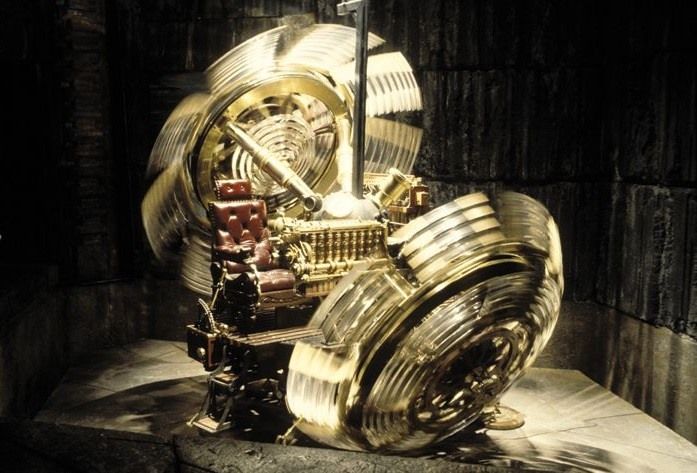
Also, loosely following technology that could be used to build a real working time machine. Anyone with an interest in time travel is welcome to participate.
But, I have been watching tech news for what could be used to build a time machine. I think we are pretty close. You’d still need a few physics guys with 150+ IQ’s to work on the equations, a guy with a 200+ IQ to figure out how to put the whole thing together, and a guy with billions of dollars to fund it. But most of this stuff is for sale to the public, (short list):
1. quantum computer; to run the calculations.